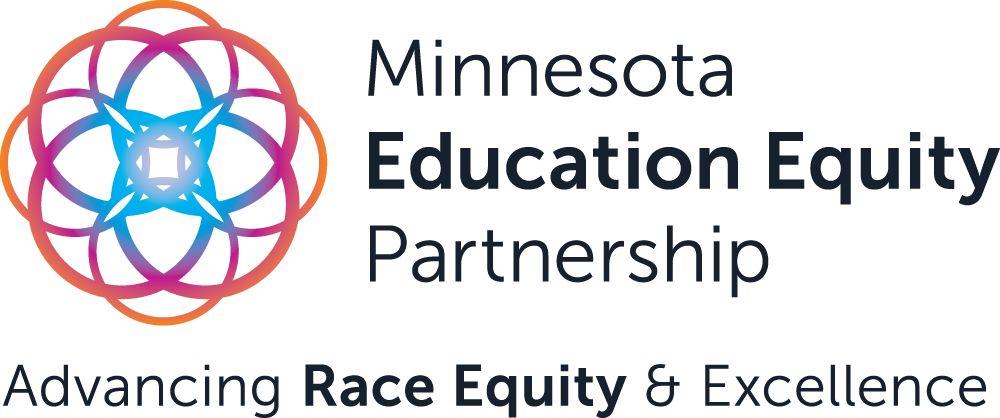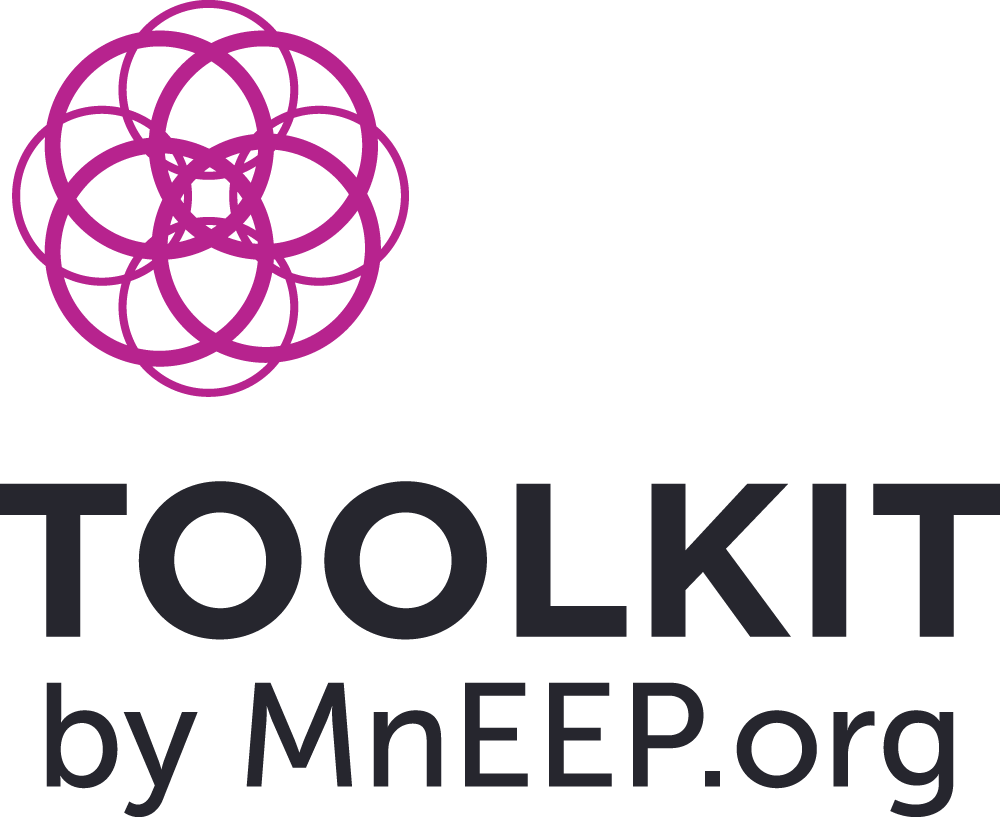Key Higher Education Policy Goals:
Holistic Student Supports
Every student deserves to be valued and supported.
How Minnesota’s college leaders must can alongside students, staff, and faculty to understand and address the racial realities of students of color and American Indian students.
In this Toolkit

Higher ed must meet students where they are—as assets to the college and the community.
Racially-equitable student supports are informed by the specific context of an individual student and/or the context of specific student populations along racial lines. They center each student’s unique needs, experiences, and cultural knowledge as assets to the community; not as deficits that need to be “fixed.”

Holistic supports must honor the needs and goals of Minnesota’s POCI students
Minnesota’s POCI students are more likely to have lower family incomes; they are more likely to be older and often head of households; they are more likely to be transfer students; and they are more likely to go to two-year state colleges and attend college part-time.

Developing a transfer receptive culture to undo systemic racism
A “transfer receptive culture” explicitly acknowledges the roles of race and racism in the transfer process from a community college to a university and centers transfer supports, outreach, and resources as essential to building equity in the higher education pipeline.
Redefining student supports on Minnesota campuses
Achieving the Dream defines “supports” as the cohesive suite of services that help students address the academic and nonacademic factors vital to success.
Holistic student supports embody an intentional focus on the types of services (not just the number of services), the ways in which those services are delivered, and how students connect to the services
Services
Services must be aligned with student needs, so an institution must understand who its students are, their responsibilities outside the classroom, the life factors they are juggling, and the strengths they bring to their college experience. Key services include everything from academic advising and planning to financial coaching and planning to transportation and child care assistance.
Delivery
A one-size-fits-all approach to delivering supports does not acknowledge the diversity of students’ needs, experiences, strengths, and personalities. Colleges must employ high-touch services, such as intensive one-on-one advising, coaching, or counseling sessions, and low-touch services, such as student first-year success courses, designed to center racial equity.
Connections
The essence of a holistic student supports approach is a culture shift in which colleges
intentionally design and offer services both broadly and strategically, so that students can access each service when they need it most. Colleges must understand that some services are a critical need for a subset of students, such as one-on-one financial coaching or access to food, housing, or emergency aid.
What it looks like to modernize student supports
Colleges and institutions in Minnesota and across the country are building innovative, evidence-informed models that center the goals and needs of students of color and American Indian students.
How the University of Minnesota is revamping its student supports
“This work must be both at the local, immediate, one-on-one student support level, but also must be at the campus climate, law, and policy level.”—Fernando Rodriguez–Director, Multicultural Center for Academic Excellence
In Illinois, Black student enrollment in the state’s colleges and universities dropped drastically between 2013 and 2018. Now leaders at education higher education institutions, students, and lawmakers are developing policies and practices that prioritize Black students—including trauma-informed, antiracist mental health services for Black students on campus.
The University of Santa Cruz in California is building its Kuya-Ate Mentorship Program, a student-initiated retention project targeted to, but not limited to, Filipino/x students at UC Santa Cruz.
Why intersectionality is critical for building just and inclusive education spaces
Colleges and institutions in Minnesota and across the country are building innovative, evidence-informed models that center the goals and needs of students of color and American Indian students.
Many systems are not designed for student parent success, but local and federal policies can help change this. Generation Hope offers key policy priorities for advancing racial equity at colleges and universities by uplifting voices of student parents, advancing family-friendly campuses, and removing barriers to childcare and family-sustaining wages.
Intersectionality and mental health supports
How can campuses integrate services to better support intersectional identities and experiences of students of color?
Key policy areas to achieve our goals
MnEEP’s recent research shows Minnesota must advance equity-centered policies and practices in four key areas right now to build higher-ed spaces that honor and support POCI students in their higher-ed journey.
Learn more about these policy areas to achieve our goals and what you can do to advance them at your college, institution, or at the Capitol.


